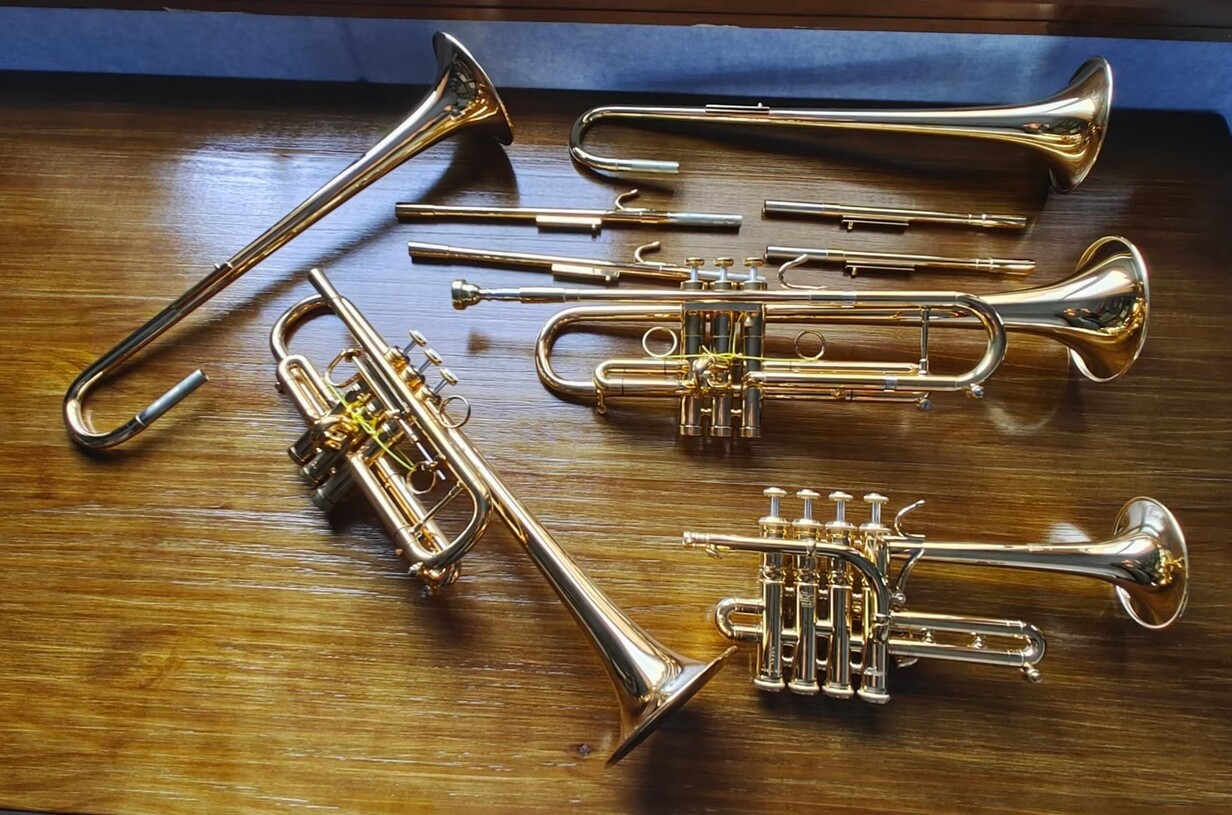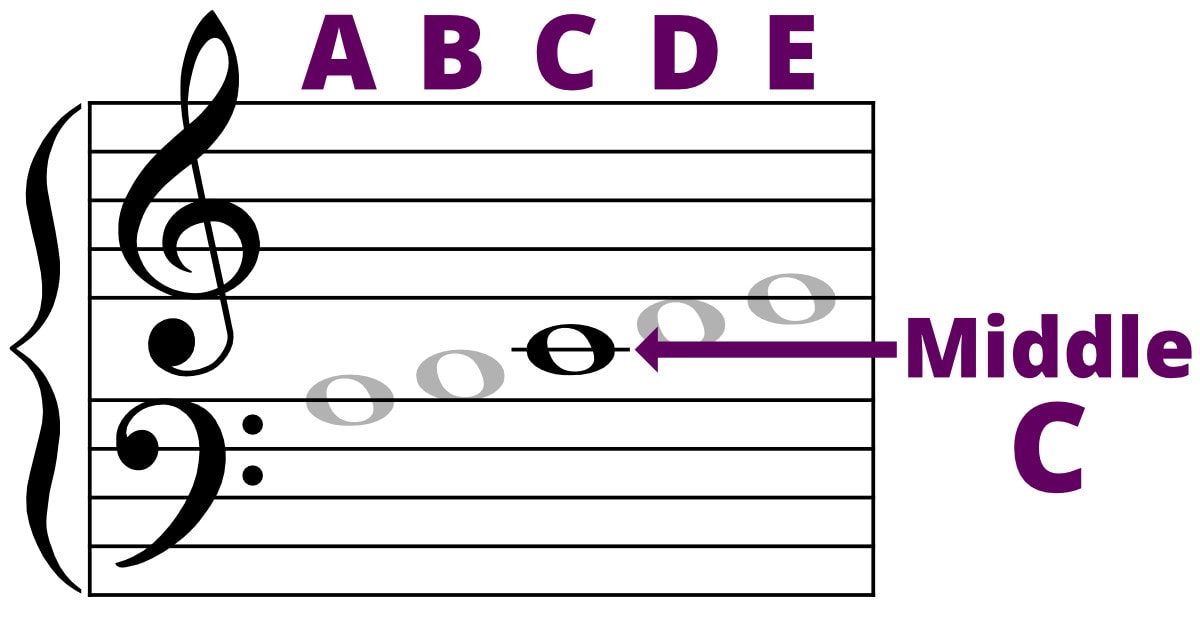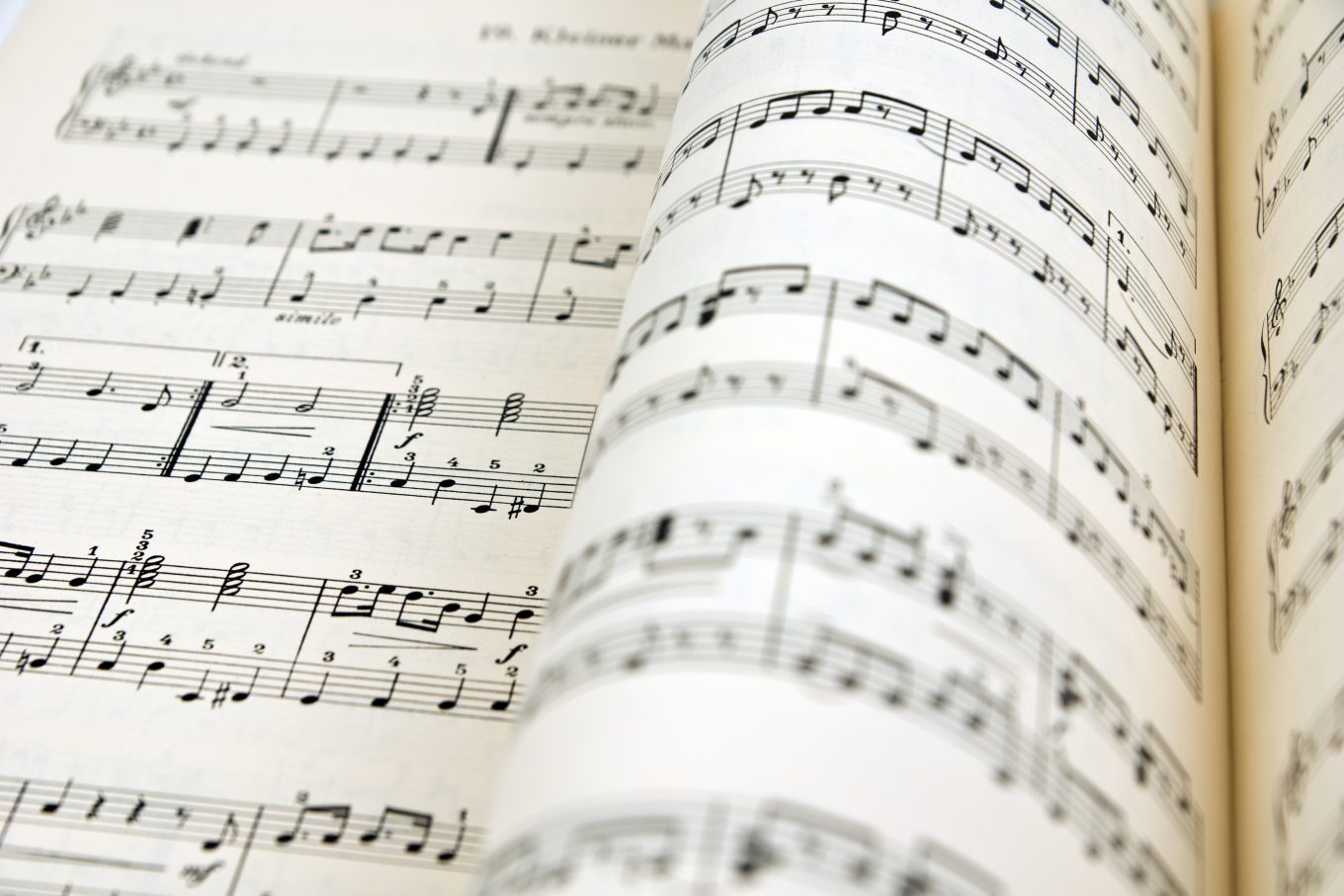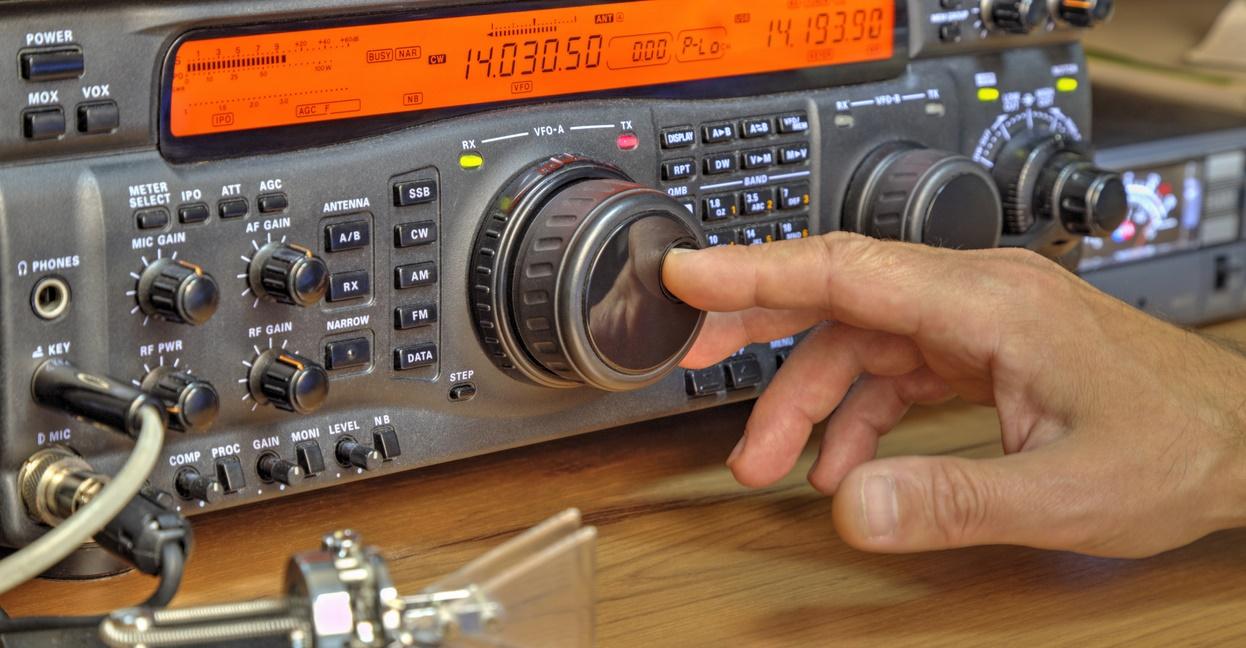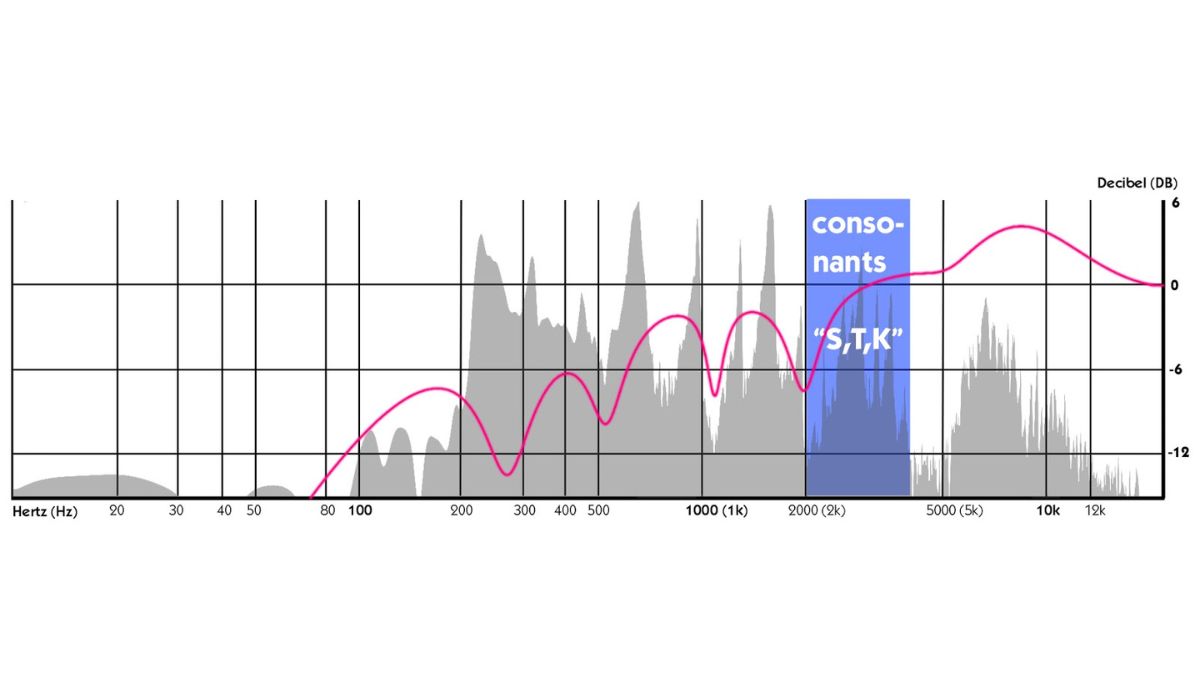Home>Events & Info>Frequency>What Frequency Is Bass


Frequency
What Frequency Is Bass
Published: February 18, 2024
Discover the importance of bass frequency and how it impacts sound quality. Learn about the ideal frequency range for bass and how to optimize audio settings. Unlock the secrets of bass frequency and elevate your listening experience.
(Many of the links in this article redirect to a specific reviewed product. Your purchase of these products through affiliate links helps to generate commission for AudioLover.com, at no extra cost. Learn more)
Table of Contents
Introduction
Understanding the Importance of Bass Frequencies in Sound
When you listen to your favorite song, the thumping beats and low tones that make your body sway are often attributed to the bass frequencies. But what exactly are bass frequencies, and why are they so crucial in the realm of sound? In this article, we will delve into the fascinating world of bass frequencies, uncovering their significance and shedding light on their diverse applications.
Sound, as we perceive it, is a result of vibrations traveling through a medium, such as air, and reaching our ears. These vibrations occur at different frequencies, which determine the pitch and tone of the sound. Bass frequencies specifically refer to the low-frequency range of sounds, typically between 60 Hz and 250 Hz, which are responsible for producing deep, resonant tones.
As we embark on this exploration, we will unravel the fundamental concepts of sound frequencies, gaining a deeper understanding of their role in shaping the auditory experiences that enrich our lives. Let’s embark on this sonic journey to uncover the power and influence of bass frequencies in the realm of sound.
Understanding Sound Frequencies
Before delving into the specifics of bass frequencies, it’s essential to grasp the broader concept of sound frequencies. Sound, at its core, is a form of energy that travels in waves, and these waves exhibit varying frequencies, which are measured in Hertz (Hz). The frequency of a sound wave determines its pitch, with higher frequencies corresponding to higher pitches and lower frequencies producing deeper tones.
Human hearing typically ranges from 20 Hz to 20,000 Hz, encompassing a diverse spectrum of sounds. Within this range, bass frequencies occupy the lower end of the spectrum, characterized by their powerful, resonant qualities. In contrast, higher frequencies contribute to the clarity and sharpness of sounds, such as the ringing of a bell or the chirping of birds.
Understanding sound frequencies involves recognizing their impact on the emotional and physiological responses of listeners. For instance, bass frequencies are often associated with a sense of depth and intensity, capable of evoking strong emotional reactions and physical sensations. In contrast, higher frequencies tend to convey brightness and clarity, adding a layer of intricacy to the overall auditory experience.
Moreover, the interplay between different frequencies forms the basis of musical harmony and complexity. By comprehending the nuances of sound frequencies, musicians and audio engineers can craft compositions that resonate deeply with their audience, harnessing the emotive power of bass frequencies to create captivating sonic landscapes.
As we navigate the intricate realm of sound frequencies, we unveil the intricate tapestry of auditory sensations that shape our perception of the world. From the rumbling bass lines that set the rhythm in motion to the ethereal melodies that dance in higher registers, each frequency contributes to the rich tapestry of sound that defines our sonic experiences.
The Role of Bass Frequencies
Bass frequencies play a pivotal role in defining the sonic landscape, serving as the foundation upon which the entire auditory experience is built. In the realm of music, these low-frequency tones provide a sense of depth and resonance, anchoring the composition and infusing it with a visceral quality that captivates listeners.
One of the key functions of bass frequencies is to establish the rhythmic framework of a musical piece. By underpinning the beat with powerful low-end vibrations, bass frequencies set the tempo and groove, compelling the audience to move in synchrony with the music. Whether it’s the pulsating thump of a bass drum or the reverberating hum of a bass guitar, these frequencies form the heartbeat of the composition, dictating the pace and energy of the musical journey.
Furthermore, bass frequencies contribute to the overall texture and timbre of sound, adding warmth and richness to the auditory tapestry. In the context of live performances, the presence of robust bass frequencies can create a palpable physical sensation, enveloping the audience in a cocoon of sound that transcends mere auditory perception. This immersive quality is particularly evident in genres such as electronic dance music and hip-hop, where the visceral impact of bass frequencies becomes a defining element of the sonic experience.
Beyond music, bass frequencies also hold sway in the realm of sound design and audio engineering. In cinematic productions, the strategic use of bass frequencies can heighten dramatic tension and evoke emotional responses, amplifying the impact of pivotal moments within a narrative. The deep, rumbling bass tones in a suspenseful scene or the thunderous roar of an explosion owe their dramatic potency to the commanding presence of bass frequencies.
As we unravel the multifaceted role of bass frequencies, we come to appreciate their profound influence on our auditory encounters. From shaping the rhythmic cadence of music to imbuing cinematic spectacles with intensity, bass frequencies wield a transformative power that resonates deeply with our senses, elevating the sonic journey to new heights.
Applications of Bass Frequencies
The pervasive influence of bass frequencies extends far beyond the realm of music, permeating various facets of our daily lives and enriching a diverse array of experiences. From entertainment to technology, the applications of bass frequencies are as varied as they are impactful, leaving an indelible imprint on the fabric of our auditory encounters.
In the domain of audio reproduction, the faithful rendition of bass frequencies is a cornerstone of high-fidelity sound systems. Whether it’s a home theater setup or a professional recording studio, the ability to reproduce deep, resonant bass tones with precision and clarity is essential for delivering an immersive sonic experience. By harnessing advanced speaker and subwoofer technologies, audio enthusiasts can revel in the full-bodied richness of bass frequencies, unlocking the full potential of their favorite music, movies, and games.
Moreover, the realm of live sound reinforcement relies heavily on bass frequencies to create impactful and enveloping auditory environments. Concert venues, clubs, and outdoor festivals harness the power of subwoofers and low-frequency arrays to propagate the pulsating energy of bass frequencies throughout expansive spaces, ensuring that audiences are engulfed in a sonic embrace that transcends mere sound.
Outside the realm of entertainment, the strategic manipulation of bass frequencies finds applications in diverse fields, including automotive engineering and telecommunications. In the automotive industry, the design of car audio systems hinges on optimizing bass frequencies to deliver a compelling auditory experience within the confines of a vehicle’s interior. Similarly, telecommunications technologies leverage the transmission and reception of low-frequency signals to facilitate long-range communication and data transfer, underscoring the pervasive influence of bass frequencies in modern connectivity.
Furthermore, the realm of wellness and relaxation harnesses the therapeutic potential of bass frequencies to induce states of tranquility and rejuvenation. From the gentle rumble of a Tibetan singing bowl to the soothing resonance of a gong bath, the therapeutic vibrations of bass frequencies have been embraced as a means of promoting holistic well-being and mindfulness.
As we navigate the myriad applications of bass frequencies, we witness their far-reaching impact on the fabric of our auditory experiences, transcending the boundaries of entertainment and permeating diverse domains with their transformative power.
Conclusion
Throughout this exploration of bass frequencies, we have embarked on a captivating journey through the intricate realm of sound, unraveling the profound significance of these low-frequency tones in shaping our auditory experiences. From their foundational role in music to their pervasive applications across diverse domains, bass frequencies stand as a formidable force that resonates deeply with our senses and permeates the fabric of our daily lives.
At the heart of the sonic landscape, bass frequencies serve as the bedrock upon which the rhythmic cadence of music is built, infusing compositions with depth, intensity, and emotional resonance. Their transformative power extends beyond the confines of music, permeating realms such as audio engineering, entertainment, technology, and wellness, leaving an indelible imprint on the fabric of our auditory encounters.
As we revel in the immersive richness of bass frequencies, we are reminded of their capacity to elevate our sensory experiences, evoking visceral responses and enveloping us in a cocoon of sound that transcends mere auditory perception. From the thunderous roar of a concert venue to the gentle vibrations that promote tranquility and well-being, bass frequencies wield a transformative power that transcends the boundaries of entertainment and permeates diverse facets of our lives.
In essence, the exploration of bass frequencies unveils the intricate tapestry of auditory sensations that shape our perception of the world, underscoring the profound impact of sound on our emotional, physiological, and cognitive responses. As we continue to navigate the symphony of life, let us embrace the omnipresent influence of bass frequencies, recognizing their capacity to enrich our auditory encounters and elevate the tapestry of sound that defines our sensory journey.

